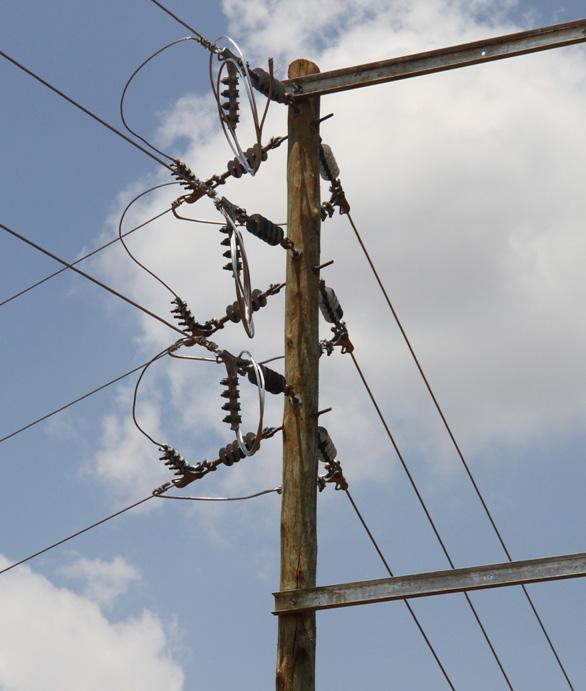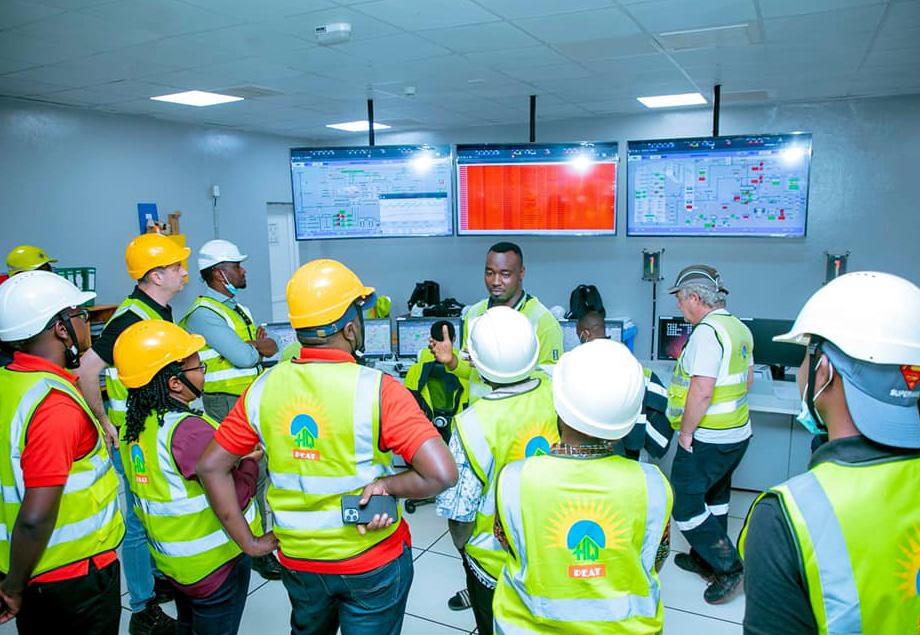
1 minute read
ENERGY GROUP
Massive Leap Forward
TThe remarkable progress made by Rwanda’s electricity sector since the turn of the millennium provides a true case study for other developing countries to learn from. World Bank figures show that just 6.2% of the Rwandan population had access to electricity in 2000, and now, according to Rwandan government data, that figure has surpassed 65%. The government’s vision is for 100% of the population to have access by 2024. No single factor has been responsible for this transformation. Rather it is the result of improved policies, coherent strategies, ambitious goals, and focus. To achieve this one company has been at the heart of its all: Rwanda Energy Group (REG), formed in 2014 as part of a wider government reform program for the country’s energy and water sector. In this article, Business Excellence takes a closer examination of what makes the REG model so successful.
Advertisement
History and Scope of Operations
The origins of the Rwanda Energy Group Limited and its subsidiaries, the Energy Utility Corporation Limited (EUCL) and the Energy Development Corporation Limited (EDCL) go back to 2014. A consensus emerged at the government level that to attract more investment, improve accountability, and drive performance, the corporatization model represented the best way forward. The overarching objective of REG’s creation was to develop Rwanda’s energy supply capacity to meet the country’s growing demand. The REG’s role has been to monitor and coordinate the activities of its subsidiaries, EUCL and EDCL, developing strategies based on government objectives. The REG Strategic Plan 2019-2024, is the latest manifestation of this and acts as a roadmap for the company to bring Rwanda to full electricity access.
REG and Rwanda’s National Electrification Plan (NEP)
Access to electricity is a central tenet of Rwanda’s plan to become a middlehigh income country by 2050. As part of this, an Electricity Sector Strategic Plan











